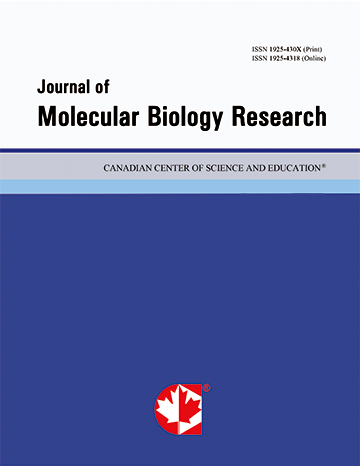Genetic Diversity of Rhizobia Nodulating Alfalfa in Iraq as a Source of More Efficient Drought Tolerance Strains
- Rana Hameed
- Nidhal Neema Hussain
- Abd aljasim Muhisen Aljibouri
Abstract
Sinorhizobium meliloti is a gram-negative, soil bacteria, which gain a huge importance deserved to their capability in fixing nitrogen symbiotically with an important fodder crop legume-alfalfa (Medicago sativa). This study aims to (i): isolate indigenous Sinorhizobium meliloti from different field sites in Iraq; (ii): assess the isolates tolerance to induced water shortage using polyethylene glycol-6000; (iii): evaluate genetic diversity and genetic relationships among isolates of natural population with drought tolerant abilities. Drought tolerance analysis disclose great variations between Sinorhizobium isolates, the highest tolerant isolates to drought were 12 from whole thirty (40%), endured from -3 up to -4 MPa(Mega pascal), at the same time the drought sensitive isolates tolerated up to -1.5 MPa, but for isolate Bs58 which tolerated up to -1 MPa. The growth decrease with the increase of drought stress. REP-PCR method was an excellent technique to distinguish between the S. isolates based on their tolerance to different water potential levels, the REP-PCR gave a significant band about 700bp (base pair) in size, which were present in all drought moderate and tolerant isolates, while this band was absent in all drought sensitive isolates(except one isolate). Also the ERIC-PCR method cleared the absence of two significant bands 300bp and 600bp from all drought sensitive isolates. UPGMA analysis based on rep-PCR revealed two groups branching at a similarity of 35%, first group included only one isolate Bs16, which was a drought moderate tolerant; second group contained the rest of isolates, yet the latter splits into two subgroups with 68% similarity; the first subgroup comprised all sensitive isolates with 80% similarity among them, the second subgroup included the tolerant and moderate isolates with similarity 88%.
- Full Text:
 PDF
PDF
- DOI:10.5539/jmbr.v6n1p20
Index
Contact
- Grace BrownEditorial Assistant
- jmbr@ccsenet.org
